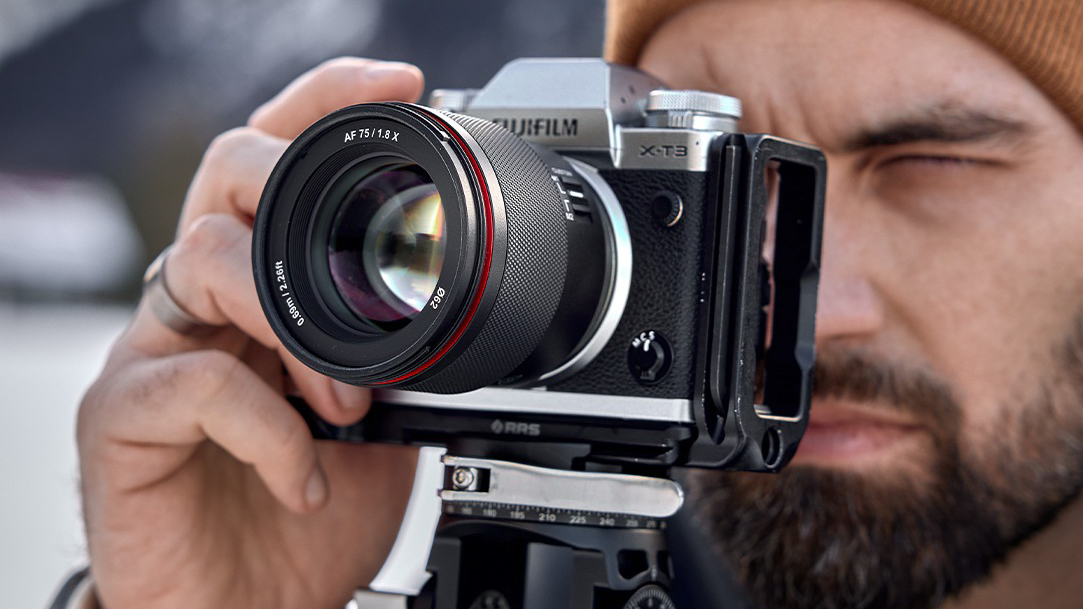
This may be a bit controversial, but it seems that when a camera maker opens its lens protocols to third-party manufacturers, its system benefits in a number of ways. Sony, of course, is the prime example, and making licenses freely available right from the start has undoubtedly put it where it is today. The staggering choice of FE mount lenses is great for the system’s users, and often the third-party offerings fill in the ‘gaps’ in a camera brand’s own line-up. What an open system also says is that the camera maker is confident in the quality of its own lenses – which is very much the case with Sony – and the independents can either compete on performance or price (or sometimes both). Either way, these lenses need a camera body so, really, everybody wins one way or another.
Since Fujifilm opened up its lens protocols for the X mount, there’s been a steady flow of new autofocus lenses for the system from Sigma, Tamron, Tokina and others. Samyang and sister-brand Rokinon – now very much a mainstream players in third-party lenses rather than niche brands – joined in with the AF 12mm f/2.0 ultra-wide prime (equivalent to 18mm) and now there’s the AF 75mm f/1 .8 X (equivalent to 112.5mm). The quality of Fujifilm’s own Fujinon XF lenses is well recognized – and a key reason for many photographers adopting the system – so the bar is set high for anybody else wanting a piece of the action. Samyang already offers a number of its manual focus primes in the X mount, but the new AF lenses obviously tap into more capabilities beyond just autofocusing, including the automatic in-camera corrections
Importantly too, both the 12mm and 75mm don’t have direct competitors in the current Fujifilm XF system – there’s an XF18mm f/2 R and an XF80mm f/2.8 R LM OIS WR Macro – so you can already see where Samyang is offering something a bit different.
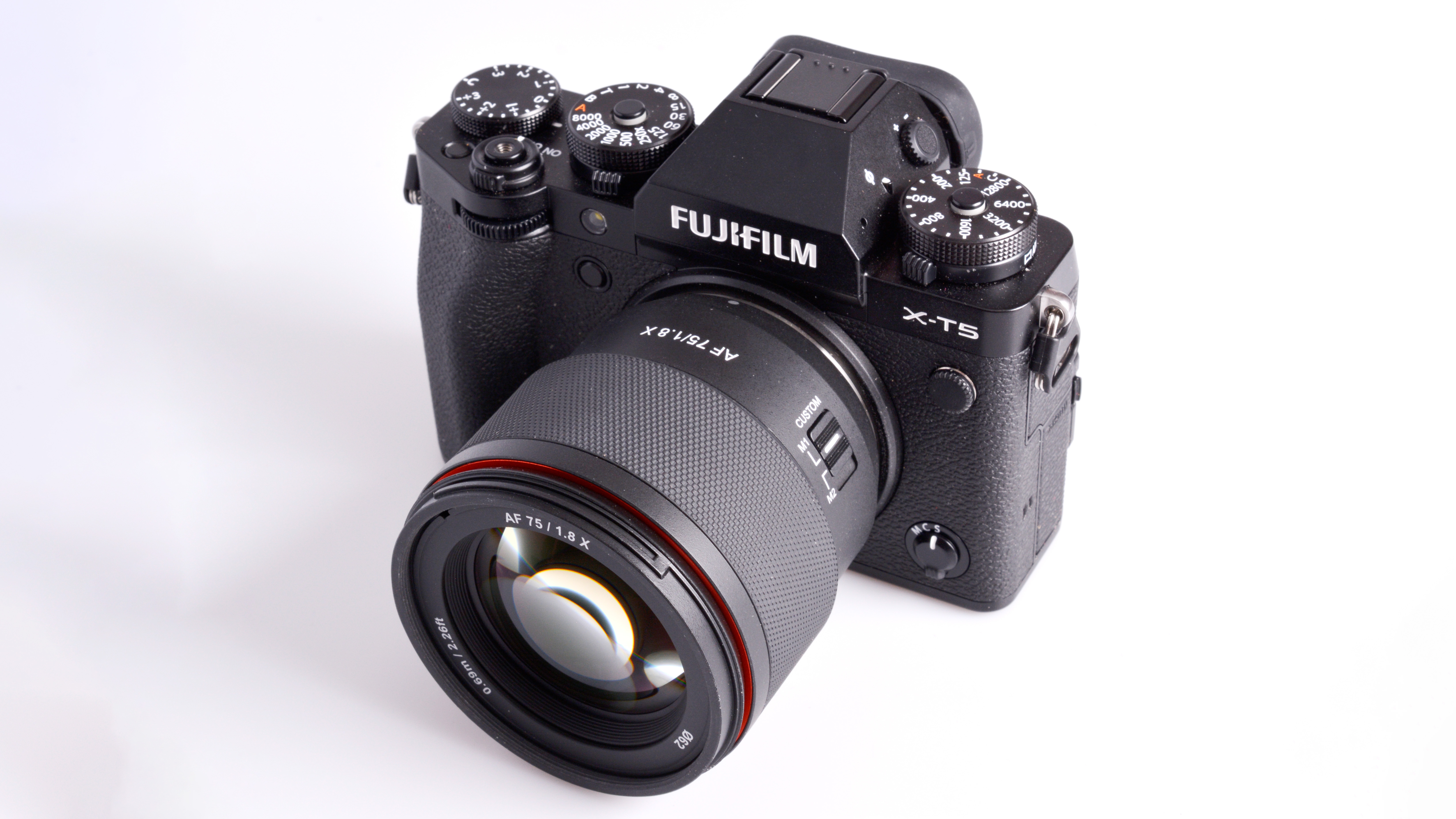
Specifications
Mount: Fujfilm X
Full frame: No
Image stabilization: No
Autofocus: Yes
Lens construction: 10 elements in 9 groups
Angle of view: 21.9 degrees
Diaphragm blades: 9
Minimum aperture: f/22
Minimum focusing distance: 0.69m
Maximum magnification ratio: 0.14x
Filter size: 62mm
Dimensions: 70x69.3mm
Weight: 257g
Handling
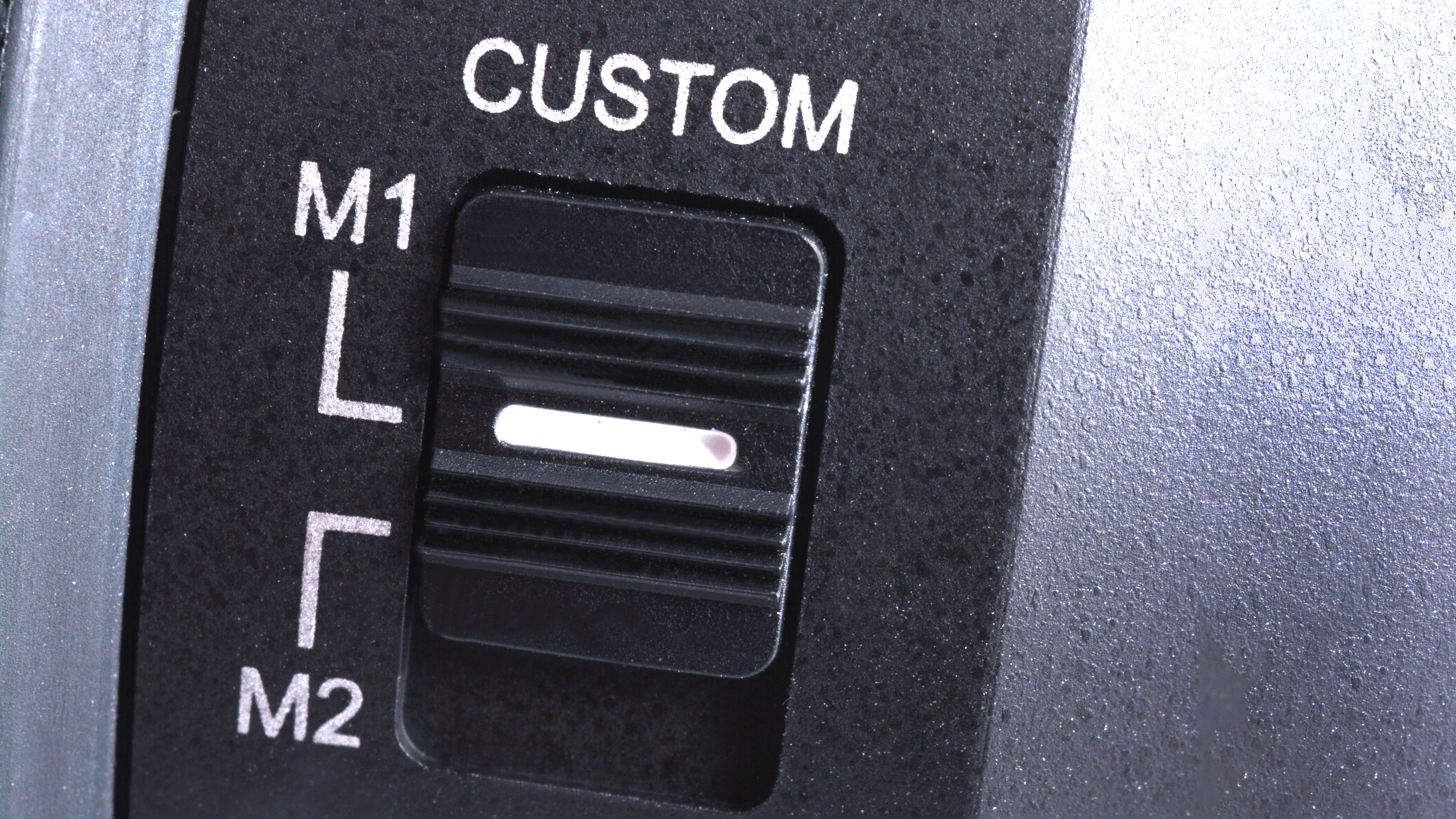
The Samyang AF 75mm f/1.8 X is actually a reworking of the full-frame Sony E-mount Samyang AF 75mm f/1.8 FE model with a new, sleeker exterior design and the addition of weather sealing. The weather protection is an essential feature given how much emphasis Fujifilm puts on this with most of its X-mount camera bodies (with the exception of the X-S models).
The matte finish looks smart and Samyang’s “hidden red ring” – so named because it can only be seen from the front of the lens – adds a nice cosmetic touch.
Despite the fast maximum aperture of f/1.8, the 75mm is a very compact lens, and it weighs in at just 257 grams thanks mainly to the high-grade polycarbonate barrel tubes. It actually feels pretty solid in the hand, but the small size makes for a very comfortable balance on the more compact X-T series and X-S series bodies.
The lens mount is stainless steel and surrounded by a rubber gasket as part of the weather protection measures (there are a total of five seals). Importantly, there’s the full complement of 12 contacts needed to provide the full interface with the Fujifilm X mount camera bodies. The manual focusing collar features the finely-textured ‘micro pattern’ grip Samyang has used on a number of recent lenses and, of course, it’s an electronic ‘fly-by-wire’ control so there are no end stops. Unlike many electronic focusing rings, the 75mm’s feels more mechanical in its resistance so its possible to adjust it quite precisely.
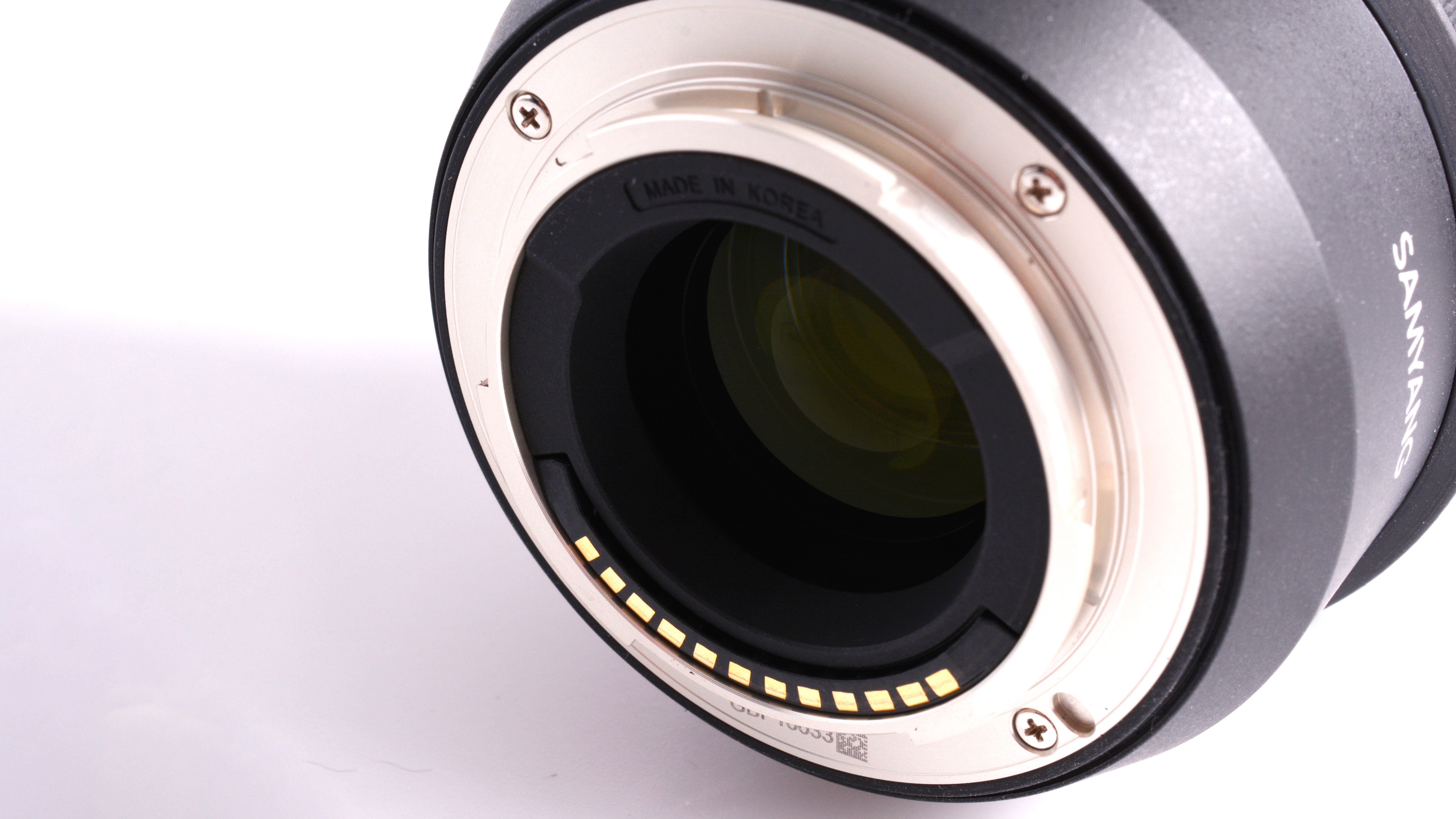
There’s no aperture control ring so manual adjustment is from the camera body. This is also the case with Fujifilm’s XC lenses, but the XF lenses have manual aperture collars so some users may have to change the way they work when shooting with the aperture-priority auto or manual exposure modes.
There’s only one other control on the lens barrel and that’s the two-position ‘Custom Switch’. The settings are labeled ‘M1’ and ‘M2’ and, on the 75mm f/1.8, the latter engages a new feature called ‘Preset Aperture Control’. Essentially, it’s a click-less – or stepless – aperture control that is primarily designed for video shooting, but obviously be used for photography too.
If you like being in charge of your apertures in order to vary the depth-of-field, ‘Preset Aperture Control’ is an option, but obviously it means that you can’t have manual focusing as well. It works pretty well in practice, but with one anomaly which is that the aperture settings displayed by the camera don’t change (but obviously you can see the depth-of-field changing in the EVF or the monitor screen). This happens because, as is explained in Samyang’s own description of the feature, “… the AF 75mm f/1.8 X intentionally disconnects the communication with the camera body and the lens itself on the Preset Aperture Control function, so it is possible to smoothly adjust the exposure without flickering”.
Design
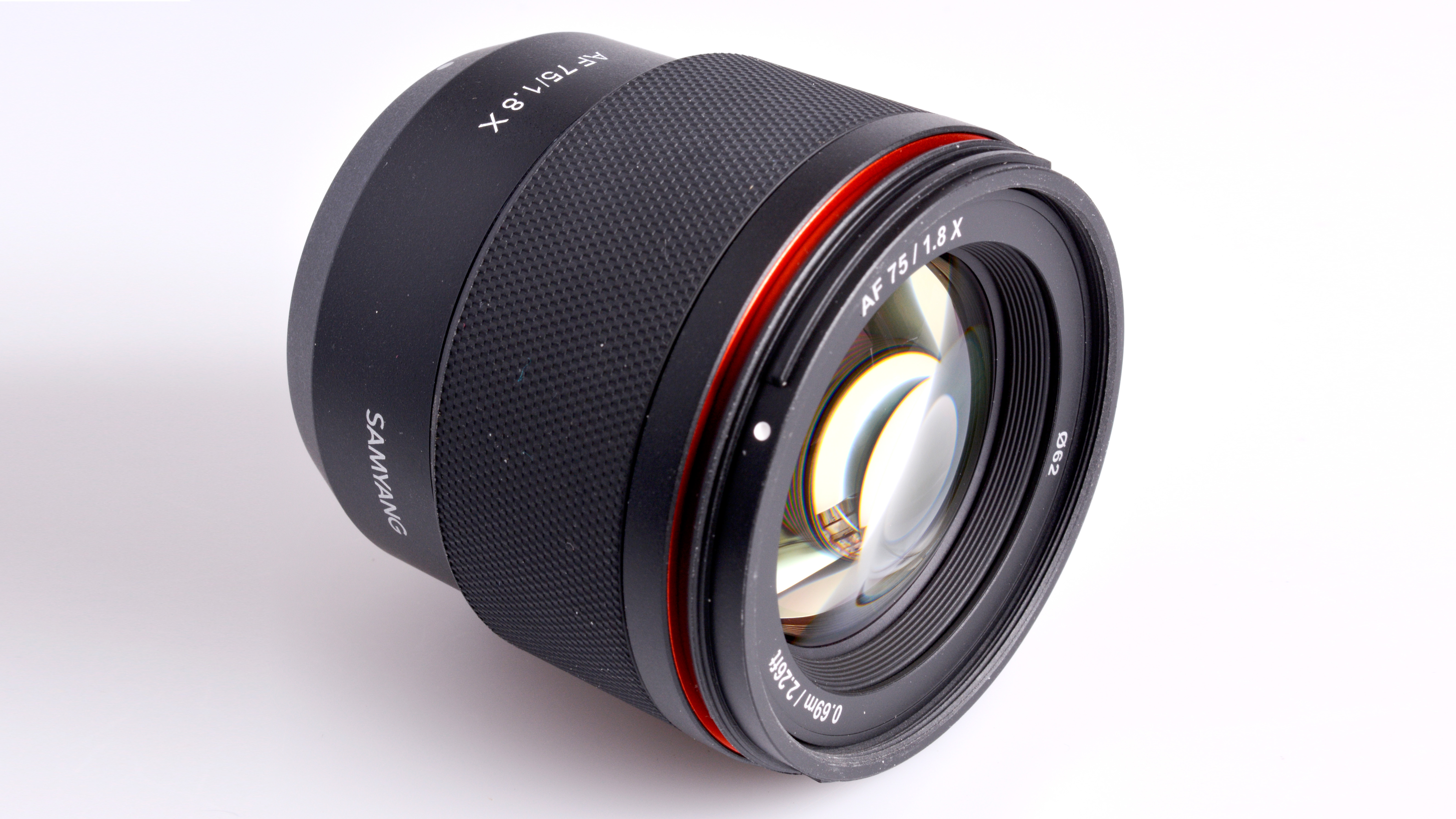
The optical construction employs ten elements in nine groups with five special elements, namely three with extra-low dispersion (ED) characteristics and two which have high-refractive (HR) index glass. Collectively, these special elements correct for chromatic aberrations.
Samyang’s ‘Ultra Multi-Coating II’ (UMC) reduces minimizes internal reflections to reduce both ghosting and flare. A bayonet-fit lens hood is supplied. The 75mm’s nine-blade diaphragm has curved blades to give more rounded and smoother out-of-focus effects (aka the bokeh).
Focusing is performed internally and the AF drive employs a linear-type stepping motor (STM) to give more precise control while also being both smooth and quiet for shooting video. The minimum focusing distance is 69 centimeters which delivers a modest magnification ratio of 1:7.7. Being primarily a portrait lens – although, of course, there are other applications – close-up capabilities aren’t its strong suite.
Performance

Having been primarily designed as a full frame lens is very advantageous for the ‘APS-C’ version of the 75mm f/1.8 as it’s only using the central area of the imaging circle. This greatly benefits both the corner sharpness and the brightness, with very little fall-off in either case even at f/1.8. The overall sharpness is exceptional and the lens performs extremely well up to f/11 when diffraction starts to soften the finer details. For JPEG capture, the Fujifilm camera’s ‘Lens Modulation Optimiser’ (LMO) corrects for diffraction and the metadata will also be appended to a RAW file. LMO dates back to the X-T2 (it first appeared on the fixed-lens X100S) and actually reconstructs some of the lost edge data. LMO also corrects for any sharpness fall-off in the corners of the frame, but is the only lens correction that is switchable on an X mount camera. With JPEG capture, the in-camera corrections for distortion, vignetting and chromatic aberrations are performed automatically.
With no aspherical elements in the optical mix, there’s some spherical aberrations which result in a slight softening of detail in low-contrast areas while preserving it in the high-contrast areas. This creates more of a real-world ‘naturalness’ which is really what you want in a portrait lens when too much sharpness doesn’t always look very flattering. If, however, you do really want some more punch, using the Clarity control’s plus adjustments – on X-mount bodies such as the Fujifilm X-T5 – works very effectively. The AF 75mm f/1.8 is certainly able to complement Fujifilm’s 40.2 megapixel’s ‘X-Trans CMOS 5 HR’ sensor (as also used in the X-H2) for resolution and tonality.
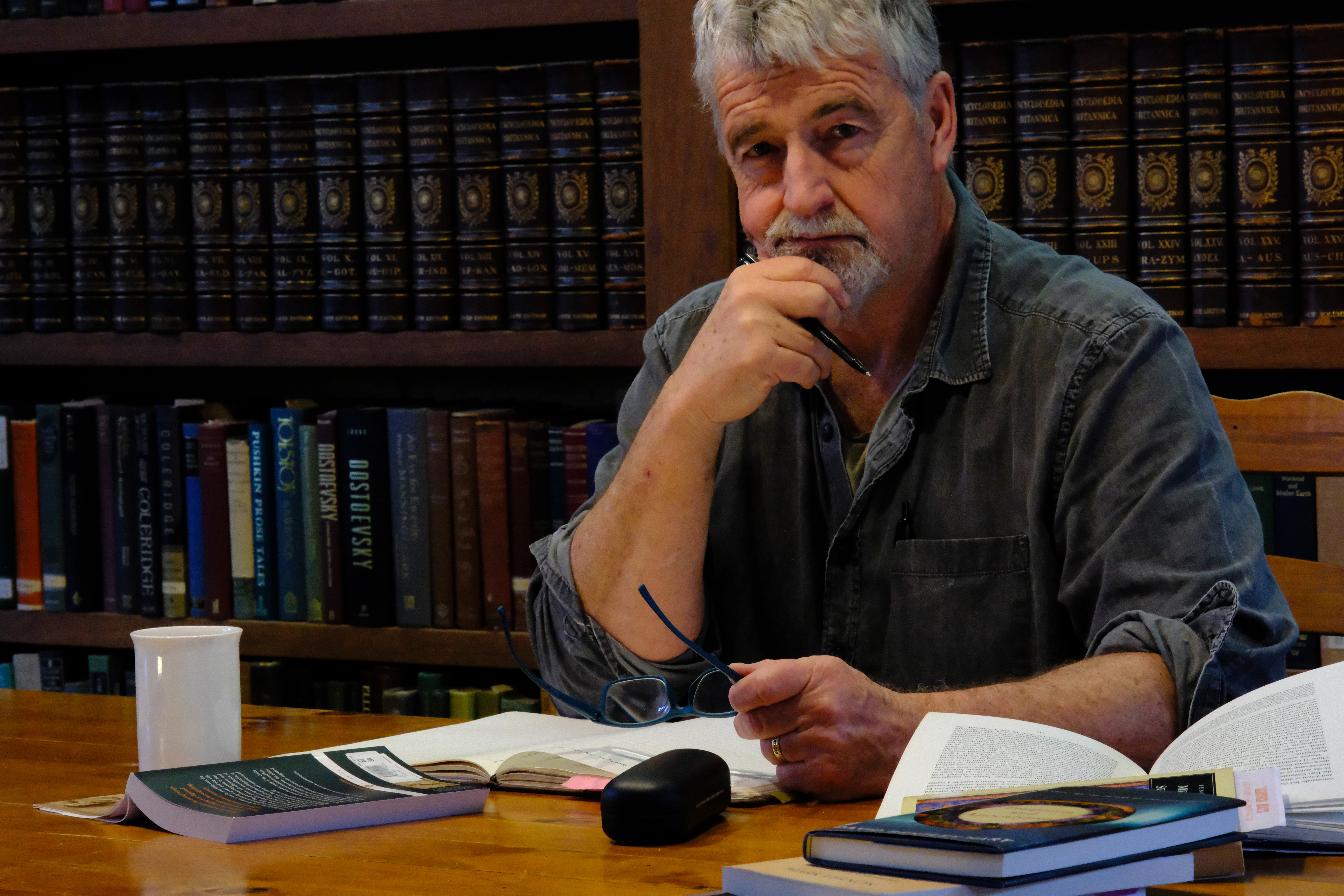

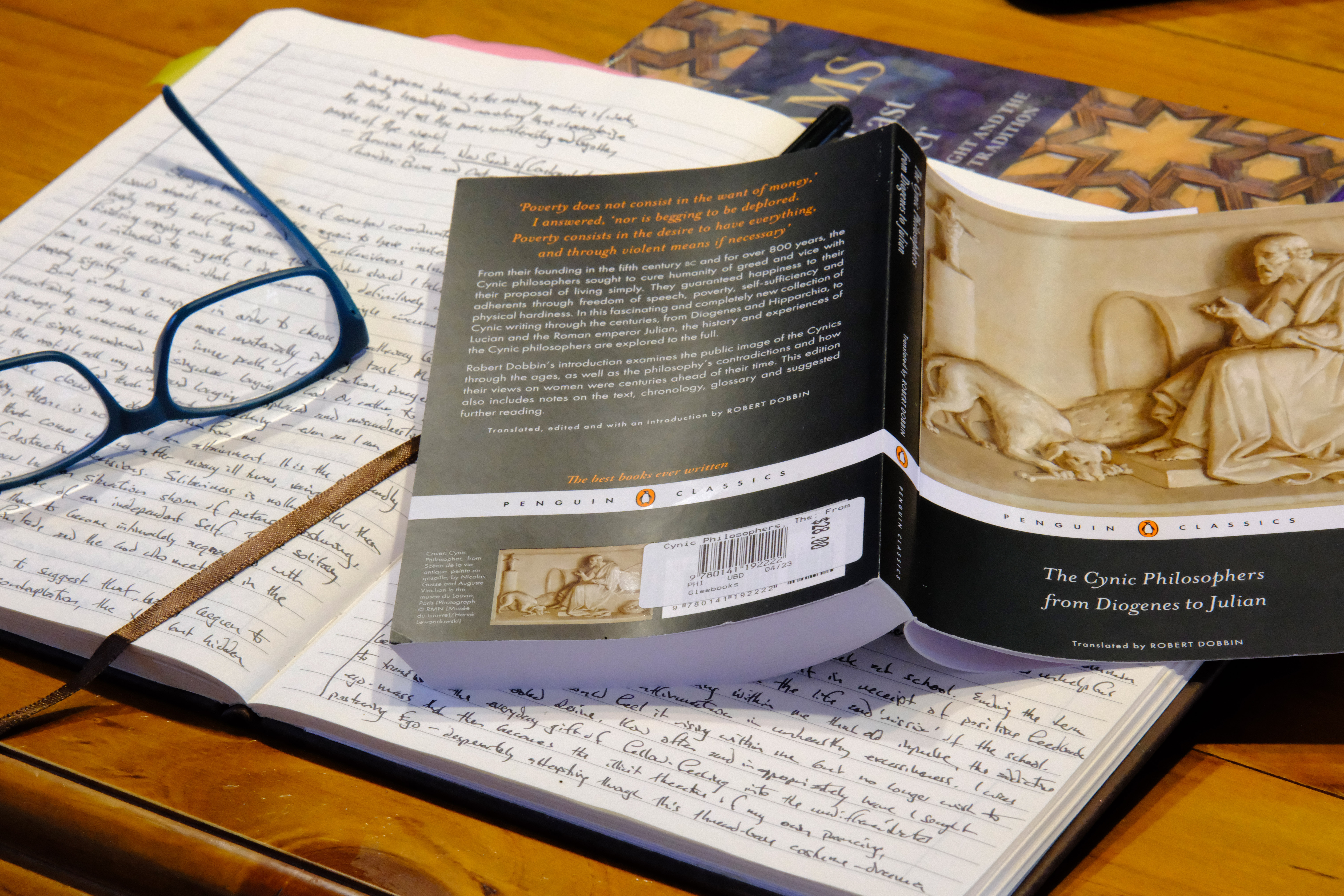
Distortion is minimal with just a hint of pincushion-type bending (which is completely corrected in the JPEGs), and there’s virtually no lateral chromatic aberration to speak of either. The color fringing in high-contrast areas caused by longitudinal (or axial) chromatic aberration is a little more evident when shooting wide-open (when, inevitably, more of the frame is out-of-focus due to the shallow depth-of-field), but still minimal and certainly not enough to compromise edge definition. There’s a pleasing smoothness in the tonality and the transition from in-focus to out-of-focus is nicely linear which are both welcome characteristics in a portrait lens.
Some flare is created with strong contra-jour lighting and can cause a loss of contrast, but fitting the supplied lens hood – which is quite deep – effectively fixes the issue. However, when the sun is actually in the frame, you’ll have to live with some ghosting effects.
In terms of autofocusing performance, the AF 75mm f/1.8 and the X-T5 played together very nicely. This camera’s AF is very slick in terms of its responsiveness and speed, and the Samyang lens certainly maintains these attributes, snapping into focus in an instant. The face/eye detection works as well as with any in-house XF lens, as does the subject recognition. Subsequent tracking looks to be very reliable, but there wasn’t the opportunity to really challenge the lens with some really fast-moving such as a racing car.
Verdict
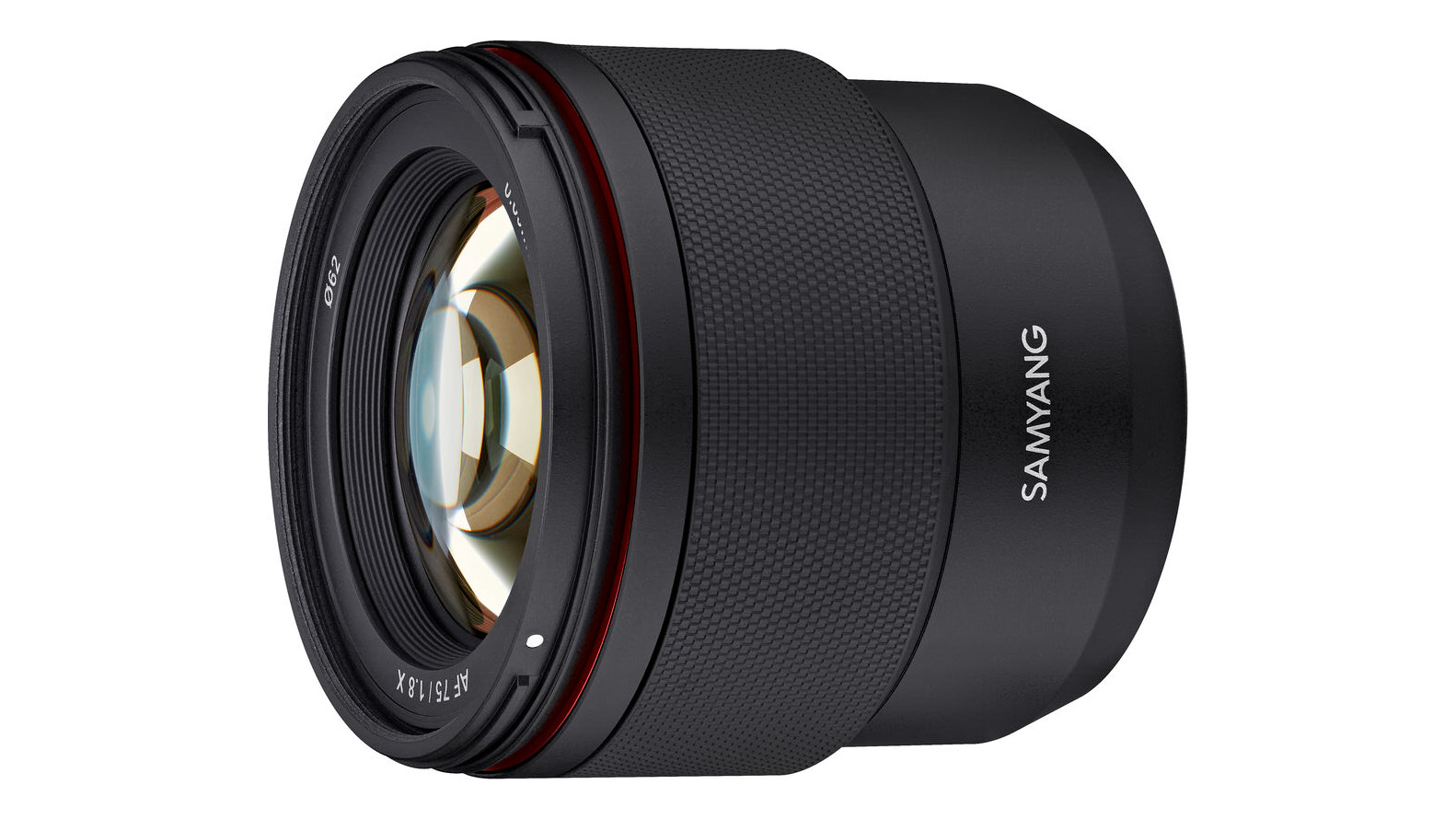
Once again, Samyang has come up with an appealing combination of performance and price which, this time, Fujifilm X mount shooters can also take advantage of. The AF 75mm f/1.8 X is nicely compact so it feels right at home on the likes of the X-T series bodies on which it handles very comfortably indeed. The optical performance is excellent with a high degree of optical correction for chromatic aberrations and distortion if you’re shooting RAW, with Fujifilm’s in-camera correction playing back-up for JPEGs. The overall look – particularly in terms of the pleasingly smooth tonality – very much suits portraiture, but compliments many other subjects too.
Consequently, this lens is a great alternative to the short telephoto primes on offer in Fujifilm’s XF system, but with comparable optical quality and functional capabilities. The absence of a manual aperture collar is the only negative if you particular like the classic operation of the X-T series cameras and so regularly use this control to switch exposure modes as well as set the aperture. However, it’s arguable easily outweighed – no pun intended – the Samyang lens’s superb compactness and lightness, not to mention affordability (especially with the various discounted prices for the AF 75mm f/1.8 X currently available). As with many things in life, when it comes to lens systems, having more choices is A Very Good Thing.
See also best Fujifilm lenses, best lenses for Fujifiilm X-T4, and the best Fujifilm cameras







